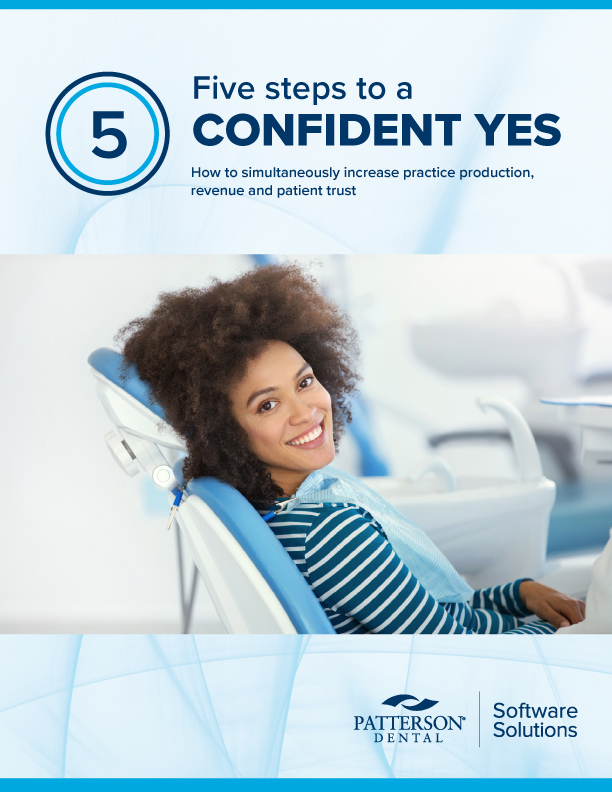ADA urges revisions to NCOIL dental loss ratio model to improve transparency, patient care

The ADA is requesting changes to the National Council of Insurance Legislators’, or NCOIL’s, model act on dental loss ratio, citing recent updates to its own policy aimed at increasing insurer transparency and directing more premium dollars toward patient care.
In a July 14 letter to NCOIL leadership, ADA President Brett Kessler, D.D.S., and Interim Executive Director Elizabeth Shapiro, D.D.S., J.D., outlined its revised dental loss ratio policy, adopted during the Association’s 2024 House of Delegates meeting. The updated policy establishes clearer criteria for what expenses should be included and excluded in dental loss ratio calculations, with the goal of creating a more accurate measure of how much insurers invest in actual dental care for patients.
Key changes in the ADA’s policy include the exclusion of charitable community benefit expenditures from dental loss ratio calculations. While acknowledging the value of such activities, Drs. Kessler and Shapiro said these costs do not directly benefit policyholders.
“Enrollees do not purchase dental benefits for carriers to divert premium dollars away from enrollees’ care no matter how noble,” the letter said.
Additionally, the ADA is calling for agent and broker commissions to be removed from dental loss ratio calculations. These fees, the Association said, can obscure the actual proportion of premium dollars used for patient care.
“When these fees, which can vary greatly, are included in the calculus, they cloud the outcome of dental loss ratio calculations and reduce the value of [dental loss ratio] as an indication of insurers’ true investment in patient care,” the letter explains.
The ADA emphasized that its changes align with NCOIL’s goal to improve the quality of insurance regulation and urged the council to revise its 2024 dental loss ratio model act ahead of the scheduled 2029 review. An expedited update would enhance consumer protections and promote greater accountability in dental insurance practices, according to the Association.
While acknowledging its policy now differs from NCOIL’s model act, Drs. Kessler and Shapiro reaffirmed the ADA’s desire for continued collaboration and shared work to improve patient care through insurance policy reform and modernization.
For more information on dental loss ratio, visit ADA.org/DLR.



